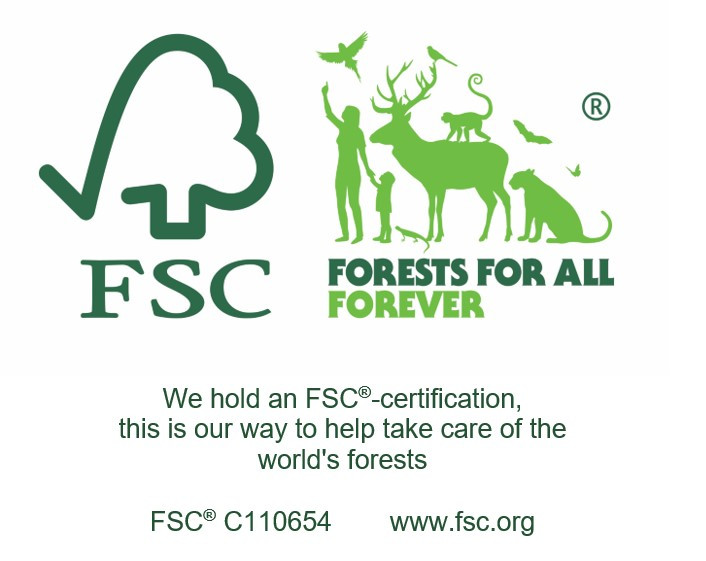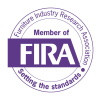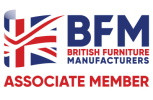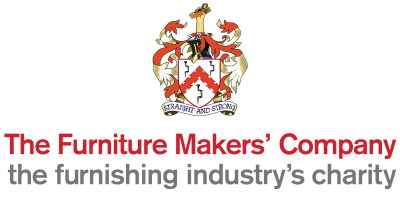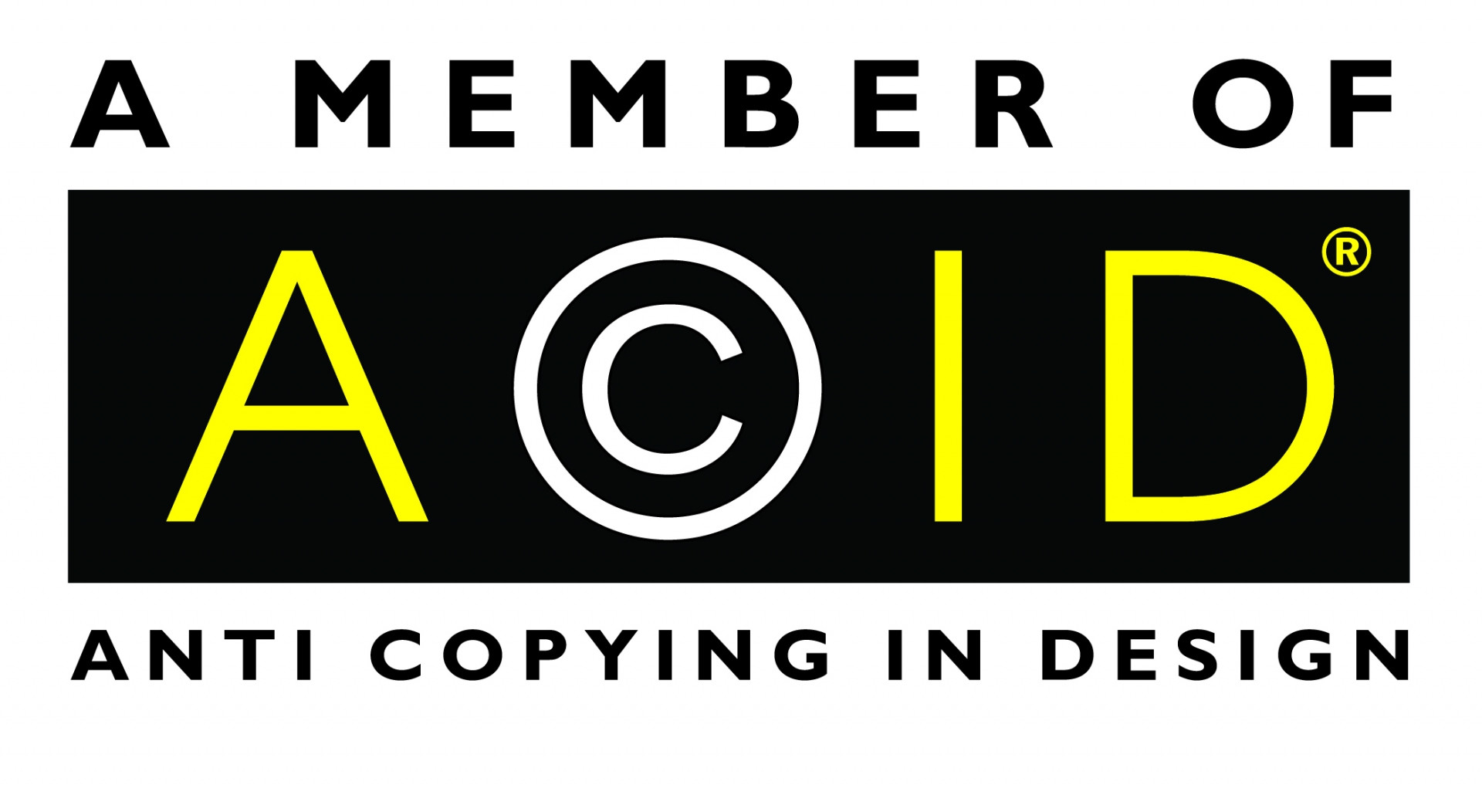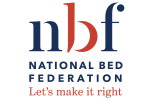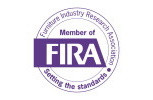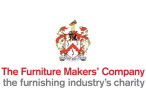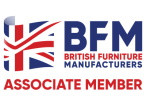
Handy commits to sustainable measures and encourages bed industry to think about mattress disposals
Posted on: October 29th 2025
Our presence at the recent NBF Bed Show further cemented our attention to the key topics of sustainability, end-of-life mattress recycling and the reduction of the use of fire-retardant chemicals and modacrylic yarns in our industry.
To that end, and because of ever-increasing interest, we have expanded the range of our pure wool mattress tape edge to seven colours.
Hotmelt adhesive continues to be the choice of many manufacturers during mattress construction. However, there seems to be no love lost for this product. We hear constantly from our customers of delamination issues, settlement problems, noise issues and odour problems.
Hotmelt glues are highly energy inefficient to produce (4 times greater than water-borne adhesives for example) and consume a vast amount of energy in delivering the glue to the mattress substrates via the heated tanks, pipes and guns that are costly to purchase and expensive to maintain.
Finally, there will be inevitable cross-contamination of substrates when the mattress is broken down at its end of life, leading to inefficient recycling. The recent NBF End of Life mattress report confirmed that there is still a great deal to do in the area of diverting mattresses from landfill disposal.
The solution to all these issues is a return to traditional tufted mattress construction.
No noise, no delamination, no odour issues and the removal of hotmelt adhesive.
Tufts can be simply cut at mattress end of life, leading to clean separation of the internal substrates for recycling. In addition, there is the added benefit of springs and substrates performing independently of each other. It can be no coincidence that mattresses at the upper end of the market remain predominantly tufted.
Handy Ltd commit to recycle any of our tufts returned to us following any mattress end-of-life disassembly.
By Nick Harland-Smith, Co-Founder and Managing Director
Handy Limited




